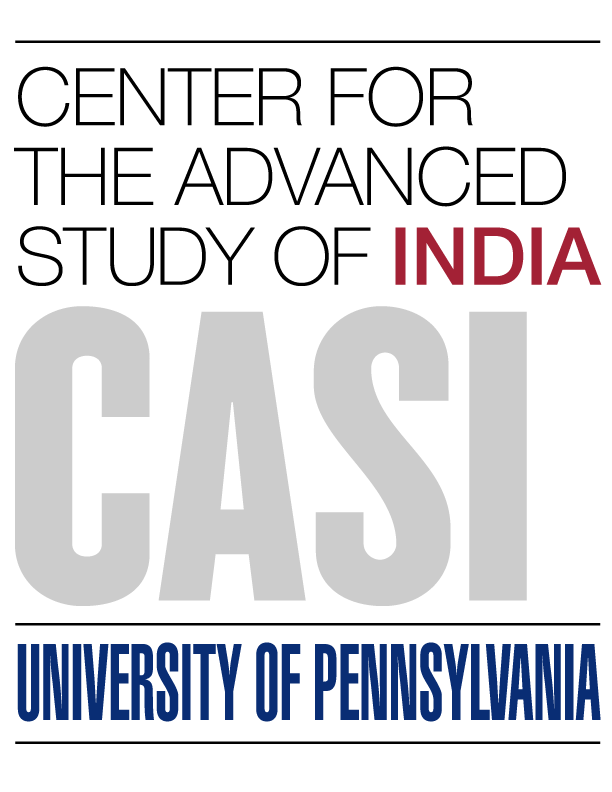How Indian Voters Use Skin Color to Choose Candidates

Indians care about skin color. Doctors will tell you there are two things that parents want to know about a new born: their gender and their skin tone. In 2014, people in India spent Rs. 3,695 Crores ($550 million) on fairness products; cosmetic conglomerate advertisements constantly remind consumers that success in marriage and the job market are only a fairness cream away. But can fair skin enable candidates to win elections?




